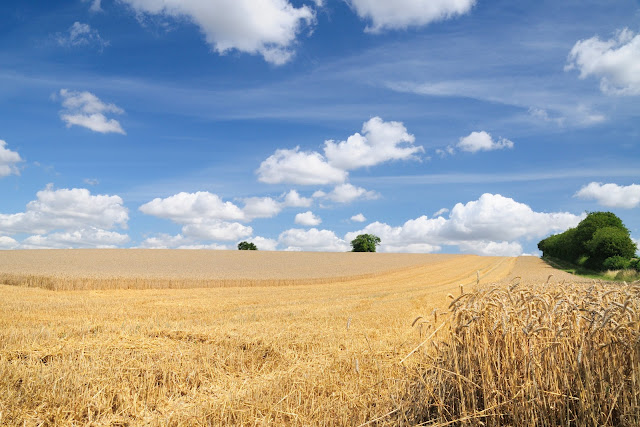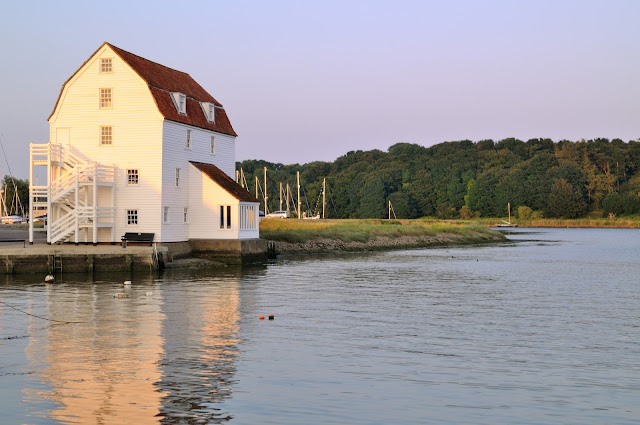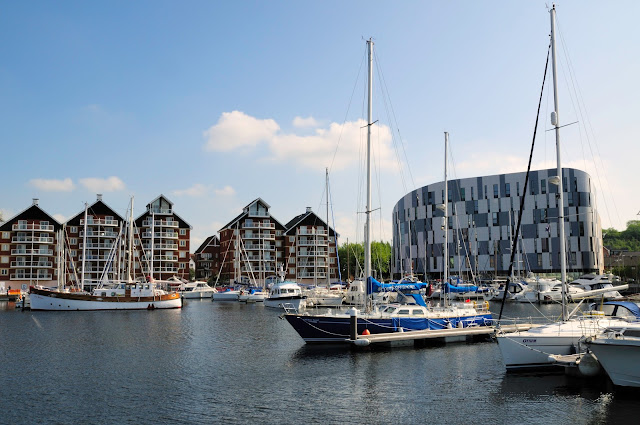A wander among Suffolk mills, skies and harvest.

Suffolk is known for its BIG skies and has inspired many artists to pitch their easels in the countryside and paint what is before them - or pick up a camera and try to capture the image as I do! Harvest time is one of the good times to see Suffolk skies at their best, with the contrast between golden corn and blue sky with white fluffy clouds. Magic! Masters of air - the windmill and aircraft Pakenham Mill is a Grade II listed tower mill which has been restored and is maintained in working order. It was built in 1831.Clement Goodrich was the miller in 1846, when he took on an apprentice. The mill came into the ownership of the Bryant family in 1885. A steam engine was used as auxiliary power. In 1947, the mill was nearly tail-winded, but the miller managed to turn the cap in time to avoid this happening. What, you may ask, is that?Well, apparently a windmill caught with the wind blowing towards the rear side of its sails, has a risk of reversal of rot...





